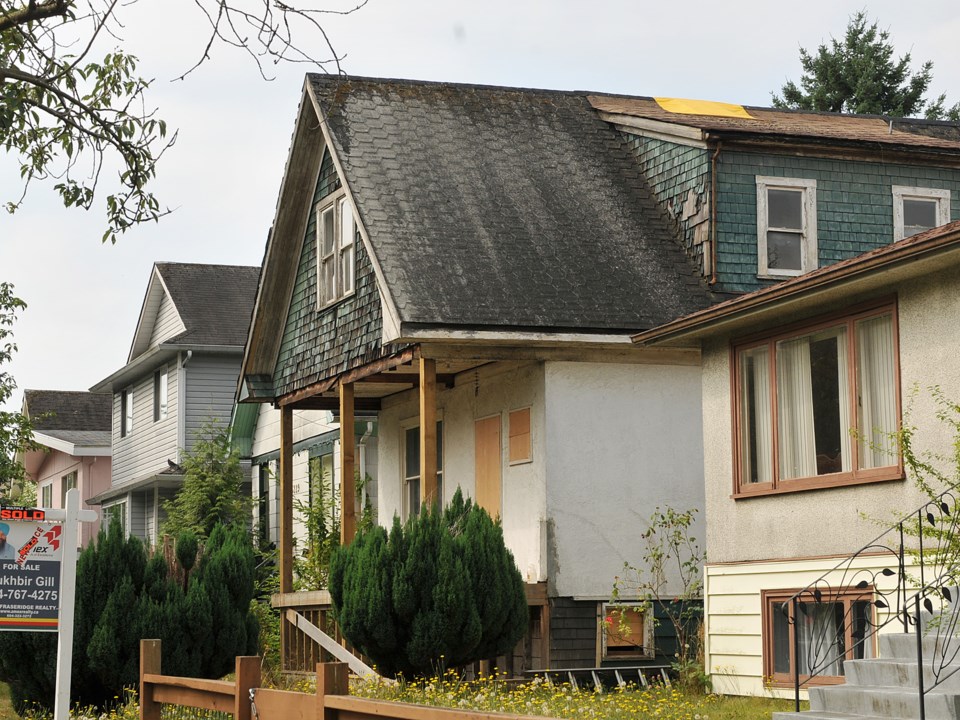Almost 18 per cent of Vancouverites are living in housing that is considered unsuitable, inadequate or unaffordable.
Statistics Canada released another batch of census data this week, including a report on the country’s core housing need indicators, produced in collaboration with the Canada Mortgage and Housing Corporation.
A household in core housing need is one that is considered unsuitable, inadequate or unaffordable and the residents’ income levels are such that they could not afford alternative suitable housing in the community.
Adequate housing is described as not requiring any major repairs; affordable housing costs less than 30 per cent of the total before-tax household income; and suitable housing has enough bedrooms for the number, and make up, of the people living there based on National Occupancy Standard requirements.
Those requirements state that there must be one bedroom for each cohabitating couple, single person 18 or older, same-sex pair of children under age 18, and additional boy or girl in the family. Two opposite sex children under five years of age can share a bedroom.
According to the 2016 census, Vancouver has a core housing need rate of 17.6 per cent. The city comes in second amongst the country’s major metropolitan areas to Toronto, which has a rate of 19.1 per cent. The national average is 12.7 and the provincial average is 14.9. Nunavut has the highest rate in Canada at 36.5 per cent.
Vancouver’s core housing need has made only incremental changes since the 2006 census, which saw a rate of 17 per cent. The rate was 17.7 per cent in 2011.
There are 960,895 occupied private dwellings in the city and 156,810 are considered to be in core housing need, with 24,170 falling below two or more housing standards.
The rate of unaffordable housing in Vancouver has remained mostly static over the last nine years — it was 32 per cent in 2006, 33.5 per cent in 2011 and 32 per cent again in 2016.
Interestingly, the rate of unaffordable housing for owner households is 25.4 per cent, while the rate for renters is 43.5 per cent.
Non-family households with at least one person aged 15 to 29 attending school are not considered to be in core housing need, regardless of the housing circumstances.
According to Statistics Canada: “Attending school is considered a transitional phase, and low incomes earned by student households are viewed as being a temporary condition.”



